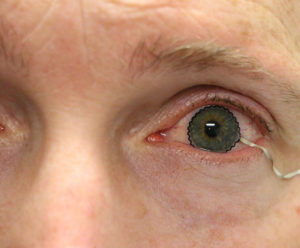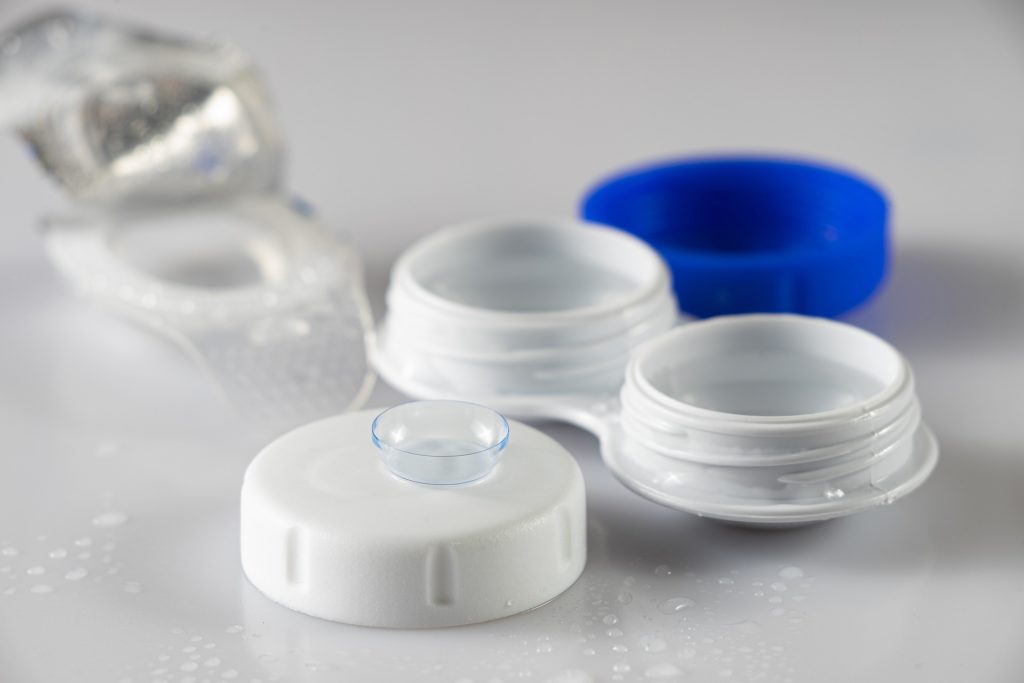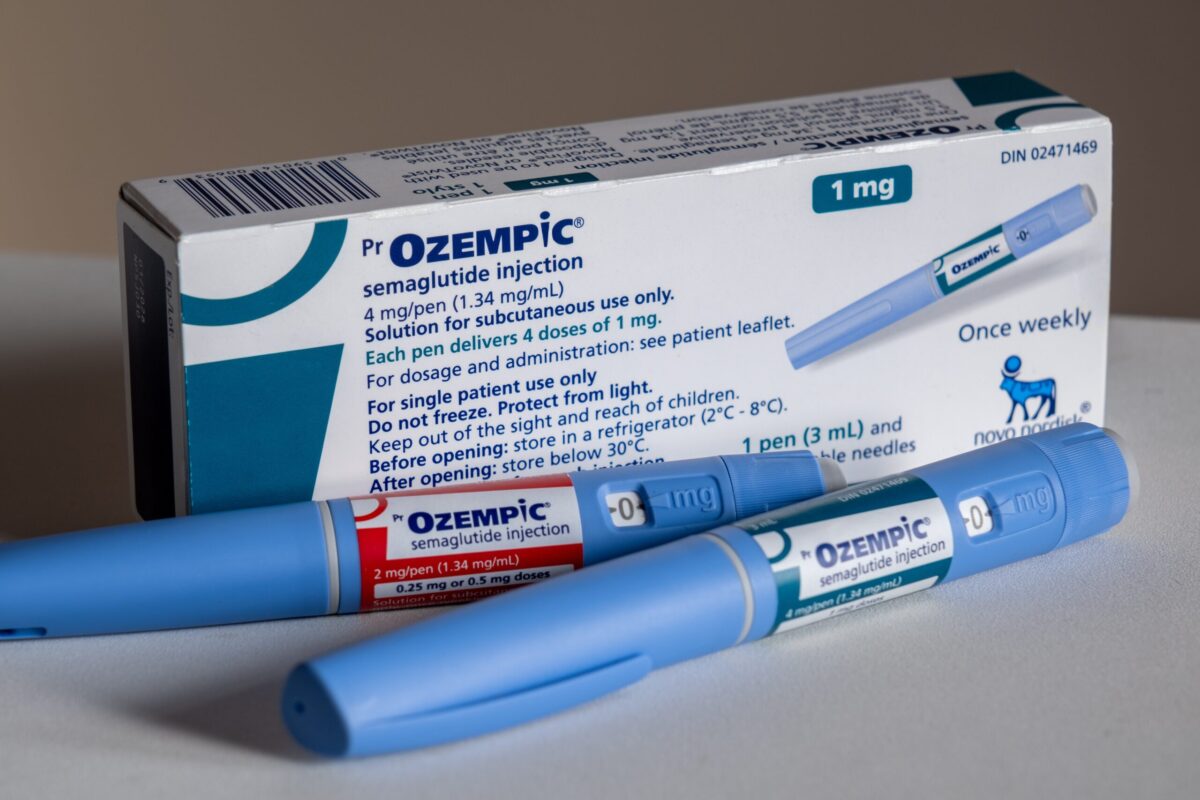Researchers at Purdue University have developed contact lenses with a new integrated technology that can monitor, and may even be able to diagnose, ocular disease progression.
The novel technology has been applied to commercial soft contact lenses so they can be used as a bioinstrumentation tool for unobstructed ocular monitoring.
Eye health and ocular disease screening and monitoring typically involve the use of an electroretinogram (ERG), which measures the electrophysical activity of the retina in response to a stimulus. ERGs are routinely used in clinical examinations to diagnose and manage many ocular diseases such as glaucoma and retinitis pigmentosa.
The problem with ERGs is that they involve the use of a thick, rigid corneal sensor that is placed on top of the human cornea, with a grounding electrode placed on the earlobe or forehead. The device is a mismatch with the soft, curvilinear and very sensitive cornea, often necessitating the use of topical anesthesia for safety and managing pain.
To address this, a research team of engineers and clinicians at Purdue designed an all-printed stretchable corneal sensor built into commercial disposable soft contact lenses.
The methodology, design and results of the project are published in the journal Nature Communications.
Related: Smart Contact Lenses That Can Diagnose and Treat Diabetes
The soft contact lenses fit onto the corneal surface of the eye in an intimate and non-invasive manner. A stretchable corneal sensor is built onto the lenses and is connected through an electrochemical anchoring mechanism to ensure mechanical and chemical reliability.

The device is connected to an external data acquisition system via a custom-built thin connection wire that is highly stretchable and lightweight to minimize effects on signal quality due to blinking and eye rotational movements. The connection wire is more than five-times thinner, more than six-times lighter and more than 3,000-times softer than the conventional lead wire for the ERG-Jet lens that is typically used to perform ERGs.
The contact lenses allow for full-field, high-fidelity ERG recordings of the eyes without the need for topical anesthesia or a speculum. In preclinical studies, it was shown to significantly improve both measurement accuracy and comfort.
Demonstrating superiority to current clinical standards, with respect to signal quality and comfort, the device is expected to address unmet clinical needs in the field of ocular electrodiagnosis.
Chi Hwan Lee, Leslie A. Geddes assistant professor of biomedical engineering and assistant professor of mechanical engineering at Purdue University and lead researcher on the study, said in a news release from the university, “This technology will be greatly beneficial to the painless diagnosis or early detection of many ocular diseases, including glaucoma. Since the first conceptual invention by Leonardo da Vinci, there has been a great desire to utilize contact lenses for eye-wearable biomedical platforms.”
The technology has received a patent through the Purdue Research Foundation Office of Technology Commercialization and is now available for licensing.
Contact lenses with added functionality in diagnosing and monitoring diseases have been gaining significant traction recently. Last year, researchers at Pohang University of Science and Technology (POSTECH) developed a smart LED contact lens capable of measuring glucose levels in the eye to help diagnose, monitor and treat diabetic retinopathy.
There is both a growing demand and need for technological health innovations built into everyday items and wearables. Through remote and real-time monitoring, they improve accessibility for patients, removing burdens of in-person visits for example, and through regular monitoring, offer the opportunity for early treatment interventions.












Join or login to leave a comment
JOIN LOGIN